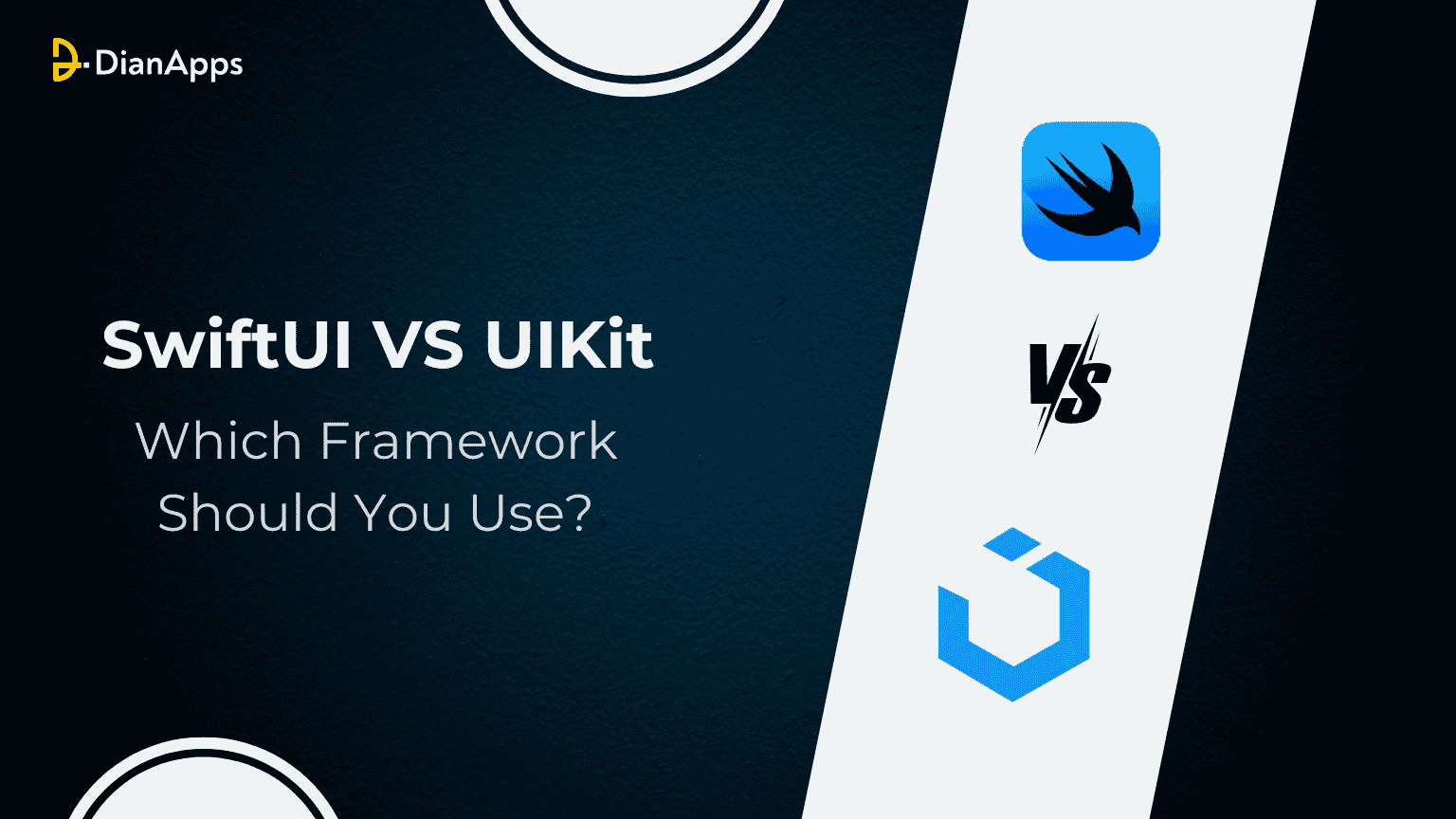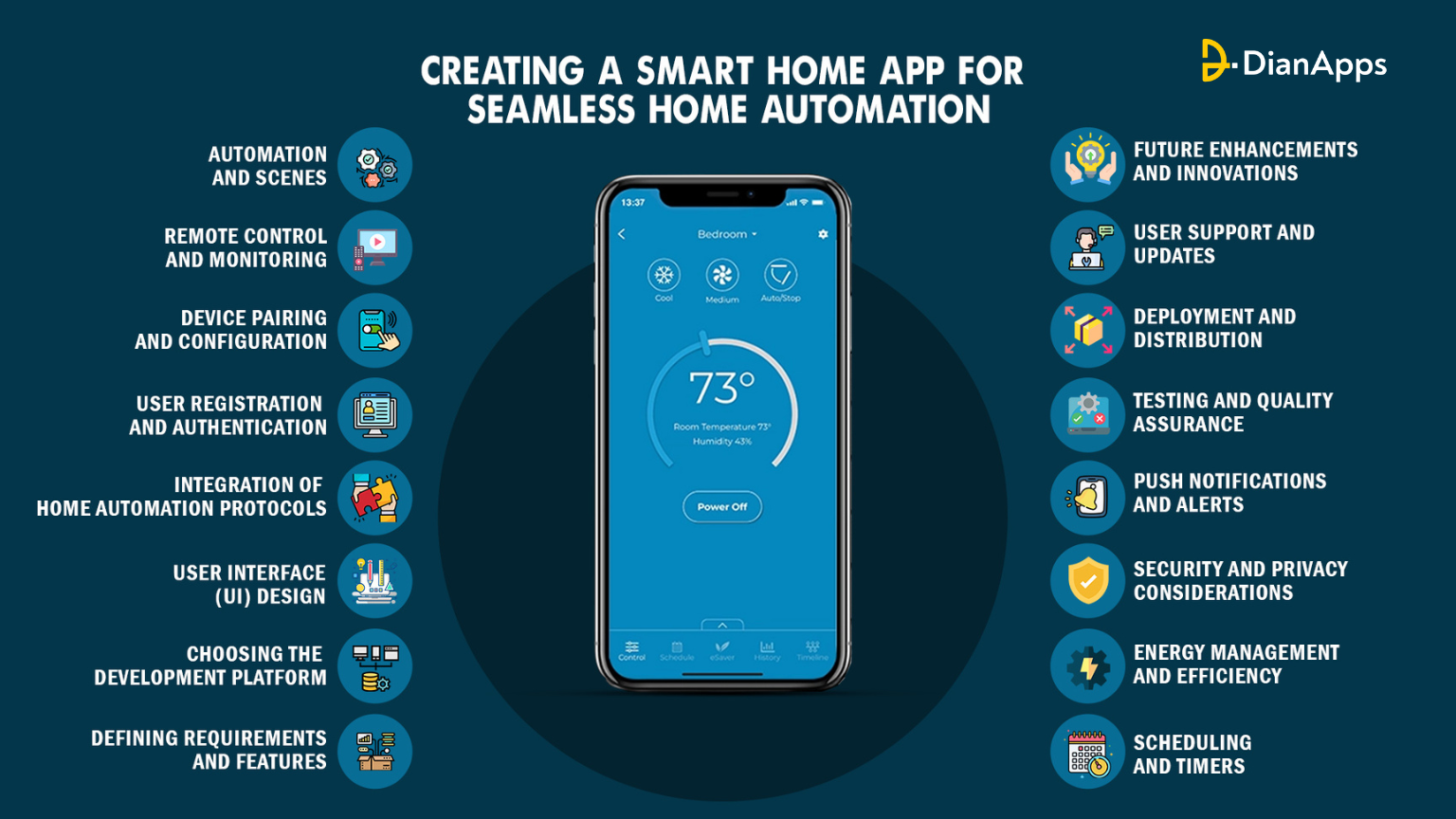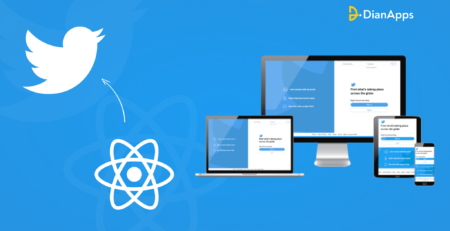SwiftUI vs. UIKit: Which Framework Should You Use
If you are an iOS engineer or a developer, you must surely come across both SwiftUI and UIKit frameworks. But for business owners and people starting their careers in the IT sector, it becomes difficult to choose which is the best framework for app development.
UIKit has been there in the market for years, but SwiftUI entered the IT sector in 2019. Since its established SwiftUI has gained popularity due to its way of building clean screens while UIKit is the traditional framework for developing screens for iOS applications.
This blog will clear the confusion between adopting UIKit vs. SwiftUI frameworks by providing a clear differentiation between both frameworks. The right framework provides high-performing and flawless app development.
While comparing the benefits and frameworks for app development we have come across the decision that SwiftUI stands out due to its seamless compatibility, and critical syntax with the latest Apple technology. While UIKit is considered the best option due to its powerful performance and longer evolutions.
Continue reading this blog to learn more about both frameworks for developing iOS app screens. Furthermore, by the end of this blog, you will have a better understanding of both the UIKit and SwiftUI frameworks. iOS app development company can also help you gain a better understanding of both frameworks.
Understanding SwiftUI
SwiftUI is the latest iOS framework that was announced at the Worldwide Developers Conference in 2019. This framework works on Declarative syntax which means developers have to give complete information to describe what the UI should look like. Moreover, it ensures to take care of the complex rendering process of the app interface.
This process of developing screen results in code complexity improves readability and allows developers to easily understand the code. Another major advantage of SwiftUI is that it provides compatibility with multiple Apple platforms. A single codebase can be used to develop apps for MacOS, iOS, tvOS, and watchOS. But this framework only works on the latest version of iOS like it supports iOS 13 versions and other latest versions.
A popular example of SwiftUI: A simple toggle button that changes the color of the text according to its current state.
|
1 2 3 4 5 6 7 8 9 10 11 12 13 14 15 16 17 18 19 20 21 22 23 24 25 26 27 28 29 30 31 32 33 34 35 36 37 38 39 40 41 42 43 44 45 46 47 48 |
import SwiftUI struct ContentView: View { @State private var isToggled = false var body: some View { VStack { Toggle("Toggle", isOn: $isToggled) .padding() if isToggled { Text("Toggle is ON") .foregroundColor(.green) } else { Text("Toggle is OFF") .foregroundColor(.red) } } } } struct ContentView_Previews: PreviewProvider { static var previews: some View { ContentView() } } |
Best Time to Use SwiftUI Framework
- This framework can be considered the best use for greenfield projects targeting iOS 13 and later versions.
- It should used at times of iterative development and rapid prototyping.
- Consider using this framework when a project requires modern UI features and animations.
- It allows cross-platform development with SwiftUI’s multiplatform support.
- Use this framework in a situation where projects are required to focus on code readability and simplicity.
Advantages of SwiftUI
Here you will get to understand why SwiftUI is considered the best framework over traditional UI creation methods. Below are some advantages of adopting SwiftUI:
Simplified UI Development and Declarative Syntax
One of the most popular features of SwiftUI is its declarative syntax which means that to build a clear design you need to define the complete behavior and structure of the interface in a detailed way. This feature leads to a simplification of Declarative UI updates and management.
Reactive Programming for Real-Time Updates
Real-time updates to the UI are provided by using reactive programming principles. With the help of its reactive framework changes made in the underlying data can automatically be updated in the UI components, ensuring that the application is responsive.
Cross-platform Compatibility and Code Reusability
SwiftUI framework allows developers to use a single codebase for developing an iOS application for different platforms like macOS, iOS, watchOS, and more. Overall development process of the iOS application can be simplified due to cross-platform compatibility. It reduces the time and cost of maintaining different codebases for every platform.
Swift Integrations
This framework can easily be integrated with Swift programming language. This seamless integration allows developers to use various innovative Swift features like generics, safety, and more. It also ensures to writing of more expressive and concise UI code.
Interactive Prototyping
Another popular feature of SwiftUI is interactive prototyping. To visualize the changes in the code developers use its live preview features in XCode. This feature allows developers to access the changes quickly.
Disadvantages of SwiftUI
Now, look at the few disadvantages of adopting SwiftUI as your iOS development framework:
Limited Compatibility
SwiftUI has been launched in the market when Apple launched its iOS 13 version. So, due to its launch in the later days, it doesn’t support iOS versions older than 13. Due to this feature of SwiftUI, it became difficult for developers who even wanted to launch their apps on devices using prior iOS versions. Businesses that have to run their app on multiple iOS versions should definitely adopt the UIKit framework.
Learning Curve
If you are already using UIKit and want to adopt SwiftUI to adopt more cleaner UI design. Interchanging this framework is difficult as understanding its concepts and approach to work requires time to understand.
Lack of Maturity
SwiftUI, like any other relatively recent technology, has its limitations. As a new framework, it is likely to have more issues, limitations, or less functionality than UIKit.
An Overview of UIKit
UIKit has been there in the iOS app development market since the first launch of the iPhone in 2007. From that time till now it has worked for building macOS, watchOS, tvOS, and iOS applications. UIKit provides an imperative way of developing a user interface and manipulating UI elements.
UIKit has a vast community due to its years of experience working with iOS applications. Though Apple still supports the UIKit framework slowly its market has been taken over by SwiftUI. Due to some reasons like customization and API to design and implement SwiftUI still can’t completely take over the UIKit market.
Example for UIKit: a label (UILabel) and a toggle switch (UISwitch). The label’s color and text are then updated according to the toggle switch’s state by handling the value changed event.
|
1 2 3 4 5 6 7 8 9 10 11 12 13 14 15 16 17 18 19 20 21 22 23 24 25 26 27 28 29 30 31 32 33 34 35 36 37 38 39 40 41 42 43 44 45 46 47 48 49 50 51 52 53 54 55 56 57 58 59 60 61 62 63 64 65 |
import UIKit class ViewController: UIViewController { let toggleSwitch = UISwitch() let label = UILabel() override func viewDidLoad() { super.viewDidLoad() toggleSwitch.addTarget(self, action: #selector(toggleSwitchChanged(_:)), for: .valueChanged) view.addSubview(toggleSwitch) label.textAlignment = .center view.addSubview(label) NSLayoutConstraint.activate([ toggleSwitch.centerXAnchor.constraint(equalTo: view.centerXAnchor), toggleSwitch.centerYAnchor.constraint(equalTo: view.centerYAnchor), label.topAnchor.constraint(equalTo: toggleSwitch.bottomAnchor, constant: 20), label.leadingAnchor.constraint(equalTo: view.leadingAnchor), label.trailingAnchor.constraint(equalTo: view.trailingAnchor) ]) } @objc func toggleSwitchChanged(_ sender: UISwitch) { if sender.isOn { label.text = "Toggle is ON" label.textColor = .green } else { label.text = "Toggle is OFF" label.textColor = .red } } } |
Best Time to Use UIKit Framework
- This framework can be best suited for legacy projects that already have an existing UIKit codebase.
- Use this framework when a project requires compatibility with an older iOS version and also requires full backward compatibility.
- Projects that need complex UI requirements with high-performance applications.
- Use this framework with a project that completely relies on third-party libraries and frameworks.
- To use this framework developers need to be comfortable with UIKit’s imperative programming model and extensive customization options.
Advantages of UIKit
UIKit is considered a reliable feature among iOS developers due to its various advantages. Check further to know about all these advantages:
Maturity and Stability in the iOS Development Community
UIKit has been there in the iOS development market for years due to which it has become highly mature. Developers have also gained complete reliability over this framework. Multiple famous apps have been developed using the UIKit framework.
Extensive Libraries and Components for Varied Functionalities
UIKit has a wide range of components and libraries of different innovative functionalities required for developing modern iOS applications. These in-built libraries help developers easily use tools required for creating engaging user interfaces.
Legacy Support for Maintaining Existing Projects
Apple has been upgrading its iOS versions and this latest framework also supports the latest version. So, UIKit ensures backward compatibility with several existing UIKit-based apps. It allows developers to save time and resources, and it also enables them to maintain and update their projects.
Proven Track Record
Many popular iOS apps are powered by UIKit with a solid reputation. Due to its robustness and robust functionality, it is a reliable framework for developers to create creative user interfaces.
Robust Ecosystem
With many tools, community support, and documentation, UIKit offers a complete ecosystem. Fast deployment on Apple devices and smooth app development through its smooth integration with iOS features.
Disadvantages of UIKit
UIKit has many disadvantages look further to know about all of them:
Extensive Code Writing
In the UIKit framework developers need to write more extensive code than SwiftUI and it leads to an expansion in code. These extensive codes will lead to complicating the project, especially while developing complex UIs.
Complexity
By using the imperative position, UIKit defines the way of designing interfaces. All the single activities of construction and modifications are declared by the UI developer. This process makes the code of the iOS application more complex and confusing as compared to SwiftUI.
Lack of Live Preview
To see the changes in the application developer needs to run the application, at least the device or simulator. Running the application to see changes can be a considered time-consuming process. This framework does not provide live preview features like SwiftUI.
Read about the process of developing an iOS app in just 45 days with DianApps.
SiwftUI vs UIKit: Which one to Choose?
In this section, you will get to learn about the important comparison between SwiftUI and UIKit iOS frameworks. Let’s explore further as these points will help you to make better decisions for selecting iOS frameworks:

Final Words
Finally, this blog has provided you with a descriptive answer to the question of which is the best choice for iOS application development between SwiftUI and UIKit. Moreover, when hiring an iOS developer you must consider several factors including the experience and expertise of the developers in SwiftUI and UIKit.
Ensure to select the framework that coincides with your project requirements and specifications. If you differentiate both frameworks in terms of new project compatibility, the speed of prototyping SwiftUI is considered the best framework.
To get deeper into both frameworks you must connect with a reliable mobile app development company with expert iOS developers. This blog has covered all the major drawbacks and advantages of both frameworks the best choice still depends on the needs of the project.




